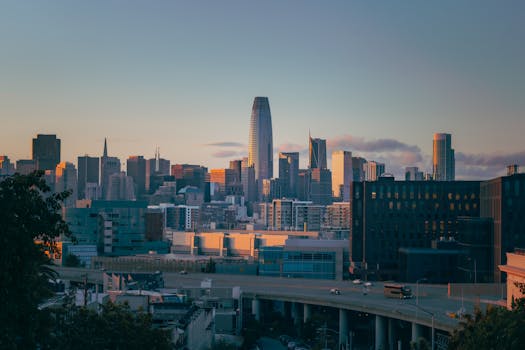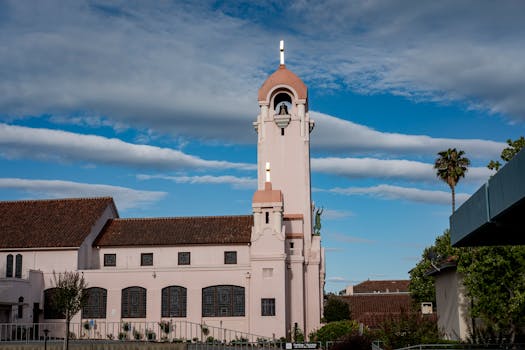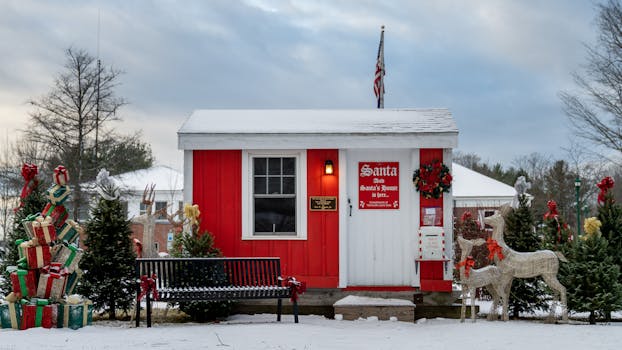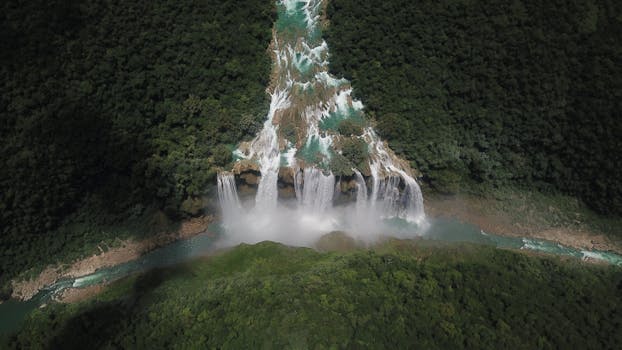The Unfolding Narrative of Visita de San José de Magdalena: A Historical Perspective (1774-1828)
The Unfolding Narrative of Visita de San José de Magdalena: A Historical Perspective (1774-1828)
The Birth of a Community: Visita de San José de Magdalena (1774)
Let us journey back to the late 18th century, an era of revolution and change. Amidst this global turmoil, in the heart of the Sierra Madre Oriental in Mexico, a small community was taking root. This was the birth of Visita de San José de Magdalena, a place where history would be etched on every street corner, every stone, and every gust of wind.
The Inhabitants of Visita: A Cultural Melting Pot
The term 'Visita' translates from Spanish to 'visit', a nod to the time when this community was a mission visit of the larger, more established settlement of San José de Gracia. The inhabitants of the Visita were primarily indigenous peoples, the Pame Indians, who had been converted to Christianity by Spanish missionaries. The Pame Indians' lives were a captivating mix of indigenous traditions and Spanish Catholicism, a testament to the cultural melting pot that was Visita de San José de Magdalena.
Saint Joseph of Magdalena: The Patron Saint and His Influence
The community was named after Saint Joseph of Magdalena, a figure revered for his humility, simplicity, and devotion. The spirit of Saint Joseph seemed to permeate the very air of the Visita, shaping the lives and values of its inhabitants. They were a humble, hardworking people, with a deep sense of community and a profound faith in God.
Navigating the 19th Century: Resilience Amidst Upheaval
As we transition into the 19th century, the Visita de San José de Magdalena continued to grow and flourish. Despite the political upheaval that swept through Mexico during this period, the Visita remained relatively untouched. It was as if the community had created a cocoon of peace and stability amidst the chaos, a testament to their resilience and unity.
The End of an Era and the Dawn of Independence: 1828
However, the Visita was not entirely immune to the changes of the world outside. The abolition of the Spanish mission system in 1828 marked the end of an era for the Visita de San José de Magdalena. The community was now on its own, free to chart its own course, but also faced with the daunting task of navigating the uncertainties of the future.
Embracing Change: The Adaptive Spirit of Visita de San José de Magdalena
Despite the challenges, the Visita de San José de Magdalena managed to adapt and thrive. The inhabitants held on to their traditions and values, even as they embraced the changes that came their way. They proved that it was possible to honor the past while moving forward, a lesson that resonates even today.
The Legacy of Visita de San José de Magdalena: A Living History
Today, the Visita de San José de Magdalena is a testament to the enduring spirit of its people. The old buildings, with their faded facades and weather-worn stones, stand as silent witnesses to the passage of time. Yet, they are not relics of a bygone era, but vibrant symbols of a living, breathing history.
The Rich Tapestry of Stories: The Power of Community and Tradition
The history of the Visita de San José de Magdalena is not just a chronicle of dates and events. It is a rich tapestry of stories, woven with threads of faith, resilience, and unity. It is a testament to the power of community, the strength of tradition, and the enduring spirit of humanity.
Lessons from the Past, Inspiration for the Future
As we step back into the present, let's carry with us the lessons from the Visita de San José de Magdalena. Let's remember that history is not just about the past, but also about the present and the future. Let's remember that we are the authors of our own story, the weavers of our own tapestry. And let's remember that, like the Visita, we too can honor our past while embracing the future, creating a legacy that will resonate through the ages.

Sign up for Sonoma County Navigator
Discover Sonoma County! Latest News, places to play, stay, eat, live, shop, learn and more!
No spam. Unsubscribe anytime.










